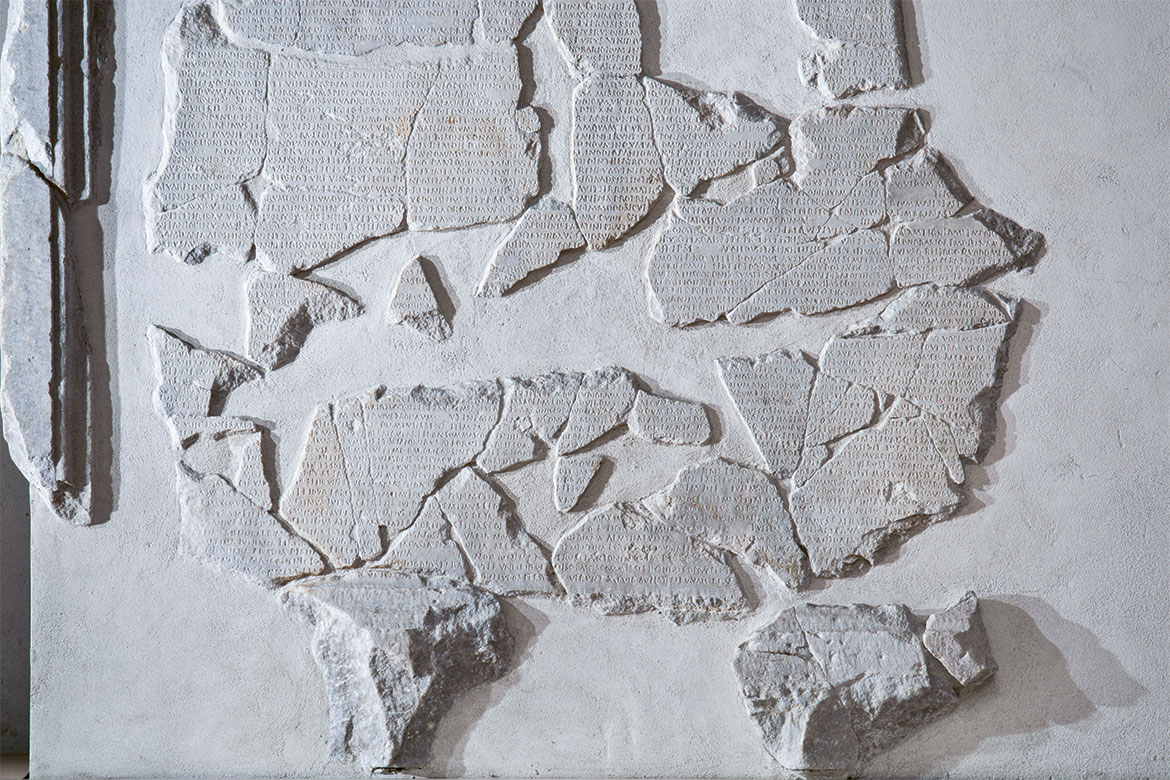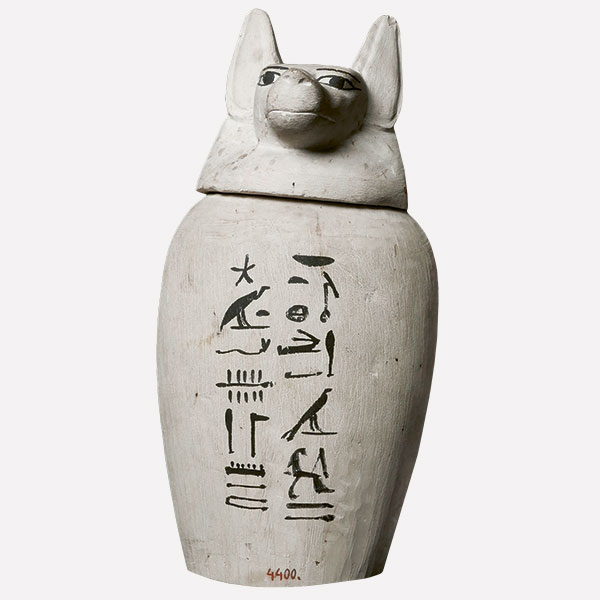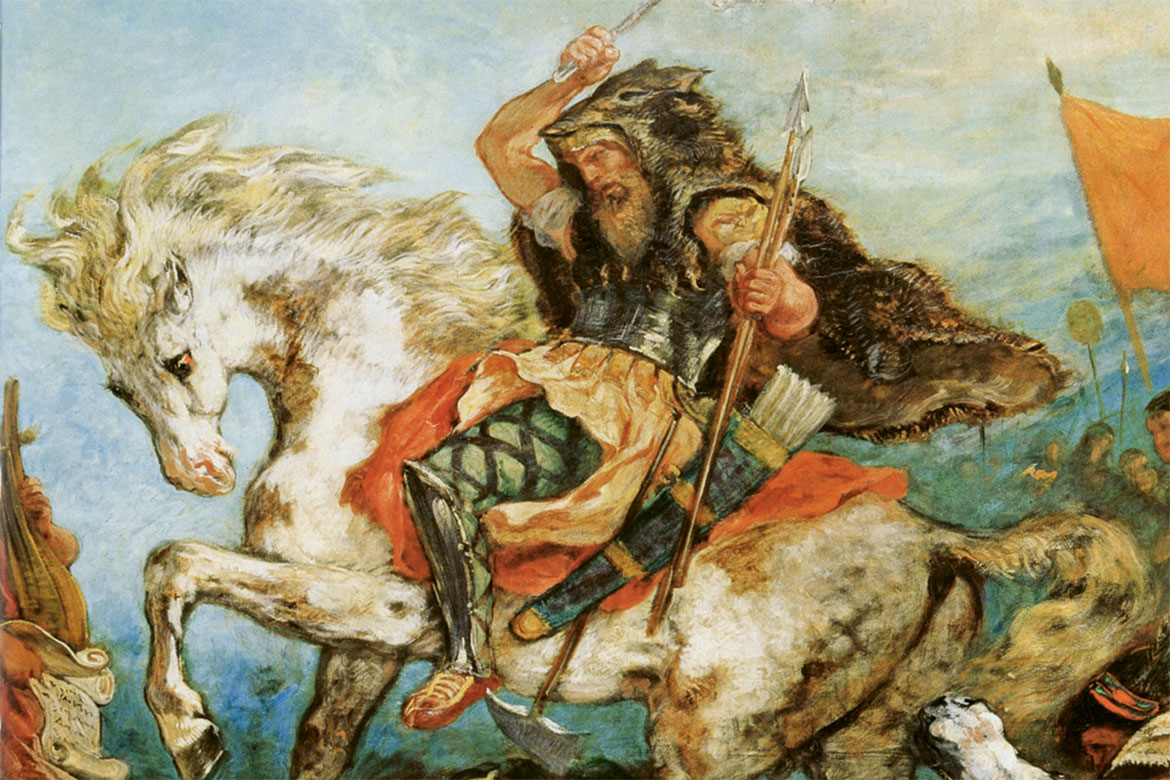How to party in Ancient Rome
The proceedings of a Roman festival, recorded in stone, have now been deciphered by Bernese archaeologists.

Given the short life expectancy of the time, the collective memory of centenary rites had to be preserved in stone. | Museo Nazionale Terme di Diocleziano, Rome
When we hold centenary celebrations today, we’re following a trend that started in Ancient Rome, based on their notion of time as constituting a sequence of centuries. Centennials in Rome lasted several days and were each time intended to signify a political new beginning. People partied in an ostentatious and lavish style, with games, oracles, prayers and sacrifices. Processions were also held featuring representatives of the upper classes and the imperial family. These celebrations did not take place exactly every hundred years, but mostly when it suited those in power to celebrate the turn of a new century.
The ritual acts of two such centenary celebrations are described in two fragmentary inscriptions that have now been newly investigated and interpreted; these are a celebration under the Emperor Augustus in 17 BC, and one under Septimus Severus in 204 AD. The texts themselves were part of the rites they used. “Because the Roman religion prescribed the continued, exact repetition of ritual acts, the order of events at the festival had to be recorded each time in a kind of log”, says Thomas Späth, the head of the project and a lecturer in ancient cultures at the University of Bern. A hundred years was a long time; “it meant that no one alive would be able to recall how previous centennials had been commemorated”.
Bärbel Schnegg, a research assistant, has newly deciphered the inscription from the year 204 AD, and has expanded and translated it for the first time. The list of names on it shows that elites from North Africa and northern Italy were by this time fulfilling cultic functions in Rome. What is also unique is the fact that the names of wives and children are listed, too.
Christoph Dieffenbacher




